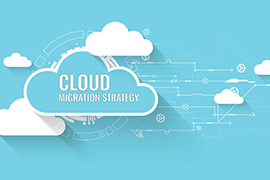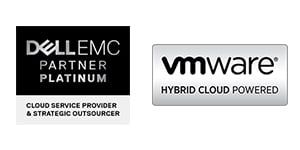What do I need to know about cloud migration?
Whether you are considering outsourcing the hosting of an application or moving an entire data center to multiple clouds, cloud migration is crucial to your success. Regardless of the scope or complexity of your environment, a successful migration is hard to accomplish without a strategy, a comprehensive plan, and the expertise to execute.
Even the most knowledgeable IT pros don’t always have specific experience with, much less expertise in migration. Some common questions include:
- Where do I start? How long is it going to take? How much will it cost? How much will I save by moving to the cloud?
- How do I know which workloads should go to which cloud? How do I know which cloud to choose?
- What technologies should I consider for my cloud strategy?
- How can I secure and protect my data during the migration?
- How do I avoid downtime as we migrate to a cloud or multicloud environment?






